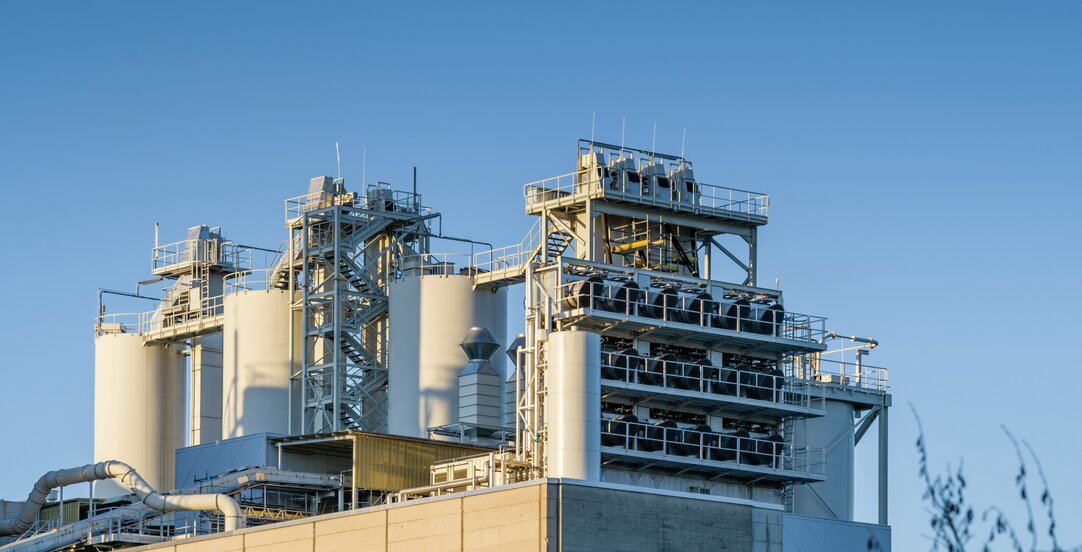CO2 transportation and storage agreements – is it rocket science?

Carbon Capture and Storage (CCS) projects have been referred to as “moon landings”. One may presume that, along with some of the technology, the underlying business and contracts are also something akin to rocket science. However, a closer look reveals major similarities to the gas sales business and gas sales agreements rather than something more groundbreaking.
Reading time 5 minutes
In his 2007 New Year address to the nation, then Norwegian Prime Minister Jens Stoltenberg referred to the ongoing pilot CCS project at the Mongstad refinery and crude oil terminal as “our moon landing”. Sadly, Norway never got to the moon – the Mongstad project proved unsuccessful and was eventually cancelled.
The return of CCS
However, today, against the backdrop of the urgency to deal with global warming and the emergence of new technology, several new large CCS projects are underway. On 9 March 2021, Equinor, Shell and Total launched a joint venture called “Northern Lights” (we do not know whether they use the same name as a major Soviet natural gas pipeline by coincidence or as an inside joke) in Norway. The venture is to offer commercial CO2 transportation and storage services.
Similarly, the UK announced its Clean Growth Strategy in October 2017 (updated in 2019 and supplemented in 2020), aiming for deployment of CCS at scale by 2030. Notwithstanding Brexit, much of the applicable EU legislation in connection with CCS forms part of the UK’s ‘retained law’. On 17 March 2021, the UK Government awarded funding to the Northern Endurance Partnership to support the Zero Carbon Humber and Net Zero Teesside projects which intend to create decarbonised industrial clusters in the Humber and Teesside regions, including through the use of CCS. The Northern Endurance Partnership was formed in 2020 and consists of the National Grid, ENI, Shell, Total, BP and Equinor. In May 2021 the UK government issued additional guidance in cooperation with the Low Carbon Contracts Company.
The business model
The business of CCS can very broadly be described as taking a gas (CO2), processing it, liquefying it, transporting it by ship and/or pipeline (or by truck or railcar for smaller quantities), and pump it into a geological structure where it is intended to be trapped forever. The heavy taxation of CO2 emitters incentivises those emitters to pay to get rid of the CO2 in some way other than emission into the atmosphere.
The CCS business model bears close similarities to petroleum exploration and production – but in reverse. Petroleum exploration and production involves extracting liquids and gases which were trapped (more or less) forever in geological structures, processing, liquefying (if necessary) and transporting them by ship and/or pipeline for productive use. As indicated above, the main difference is that the sequence is more or less reversed, and the payment is for taking gas instead of delivering it (or oil). Those similarities probably explain why so many oil and gas majors are involved in CCS projects. After all, they are experienced in liquefying and shipping gas, as well as locating and accessing geological structures where liquids and gases can be trapped forever.
CO2 transportation and storage agreements
Considering the business model, it is perhaps not surprising that CO2 transportation and storage agreements (TSAs) show many similarities with other petroleum industry and renewables contracts, although naturally they have some special features of their own.
The term “storage” in a TSA is a bit of a misnomer. Unlike other petroleum storage agreements, the customers are never going to ask to get their CO2 back, and you will not find provisions for withdrawals. Further, it is common for the service provider to take title to the CO2 in the process. In that sense, the TSA is more similar to a gas sales agreement (GSA), only with reversed flows of gas and money.
To develop CCS, new infrastructure has to be built, with large up-front investments, and the project owners will want to secure long-term payment commitments to underpin those investments. The number of customers and service providers within commercially reasonable shipping distance of each other may also be limited, creating a “hold-up” risk. Consequently, TSAs are likely to be long-term, and with some kind of supply-or-pay obligation, pretty much like the long-term, take-or-pay GSAs which were the norm in Europe when new big gas sales required developing new fields and/or pipelines. The contract issues are then also likely to be similar, including:
Should there be Force Majeure relief from an obligation to pay in case supply cannot be met?
Should there be a right to make up, i.e. to supply CO2 in volumes corresponding to those not supplied but paid for at a reduced or no cost later, as is common in take-or-pay agreements?
Can there still be an obligation to pay damages for breach on top of the supply-or-pay payment (which is excluded by take-or-pay)?
In addition, there will need to be careful consideration of ‘reopener’ provisions. These will be dictated by geopolitical factors as well as the potentially competing regulatory regimes in connection with cross-border transportation, waste regimes and clean energy initiatives and incentives. Flexibility and forward thinking will be the watchwords in these areas.
Like the early gas industry, CCS providers face choices when it comes to pricing. The safe bet for the service providers is to go for cost-plus. But that may not satisfy the customers, whose incentive is to avoid being taxed for CO2 emissions, and will really only choose CCS if the “storage” fee is likely to remain below the CO2 tax for (most of) the term of the TSA. If the service providers accommodate the customers on this point and accept the price risk, the service providers may see upsides or downsides, depending on how CO2 taxes and CCS capital and operating expenses (and subsidies) move in relation to each other. When gas was first sold in Europe, the petroleum producers overwhelmingly chose to take the price risk, pricing gas a bit below the costs of using other alternative energy sources like oil products and coal. What is certain is that any asymmetric solution, where one side attempts to take only the upside and exclude the downside, will lead to conflict.
